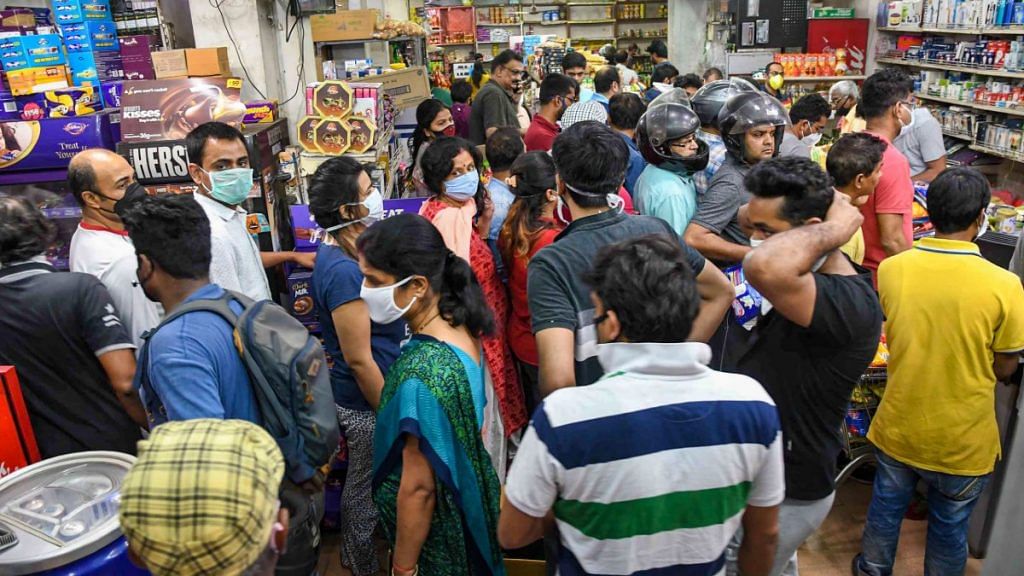New Delhi: There would be 8.2 lakh more cases of Covid-19 in India had the government not enforced a three-week national lockdown and containment measures, according to an analysis by the health ministry.
On 25 March, Prime Minister Narendra Modi had ordered a 21-day nationwide lockdown until April 15 to flatten the curve and stop the chain of coronavirus transmission.
“Without the lockdown and the containment plan, the cases would have increased by 41 per cent and we would have 8.2 lakh cases by April 15,” said Joint Secretary, Ministry of Health and Family Welfare, Lav Agarwal, citing mathematical analysis done by the ministry.
The model further showed that had India implemented containment measures but no lockdown, there would be a 28.9 per cent increase in coronavirus cases and India would have 1.2 lakh cases by April 15.
“Since India implemented both containment measures and lockdown, the number of cases today are 7,447,” said Agarwal.
Meanwhile with 1,035 new cases and 39 deaths in the last 24 hours, India recorded the highest per day increase in Covid-19 cases. The total number of confirmed cases is now at 7,447 with 239 deaths, while 642 patients have recovered until now.
Also read: Bhopal’s health dept, led by its IAS secy, becomes new corona hotspot, half city’s cases linked
Intense field exercise: First case
Talking about the contribution of frontline health workers in disease surveillance and containment efforts, Agarwal described the efforts that went into contact tracing during one of the first confirmed Covid-19 cases in Agra on 25 February.
The district team used the Smart City Control Room to coordinate the exercise, focusing on isolation and contact tracing. The team created a micro plan, delineated an area of 3 km around the case as the epicentre and an area of 5 km as the buffer zone, and used the urban health centre for planning their activities.
A team of 1,428 health workers screened more than 9 lakh residents and found 2,500 with flu-like symptoms, who were monitored. Multifunctional teams were created, which worked on different aspects of the exercise, while the district administration and the police worked on enforcing the lockdown, identifying other micro clusters and preparing the health system. While this was going on the administration also worked on supply chain management by house-to-house distribution of essential commodities such as food and medicines.
Also read: Modi’s lockdown has worked, but now India needs Sanjivani Booti, not Hanuman’s mountain
